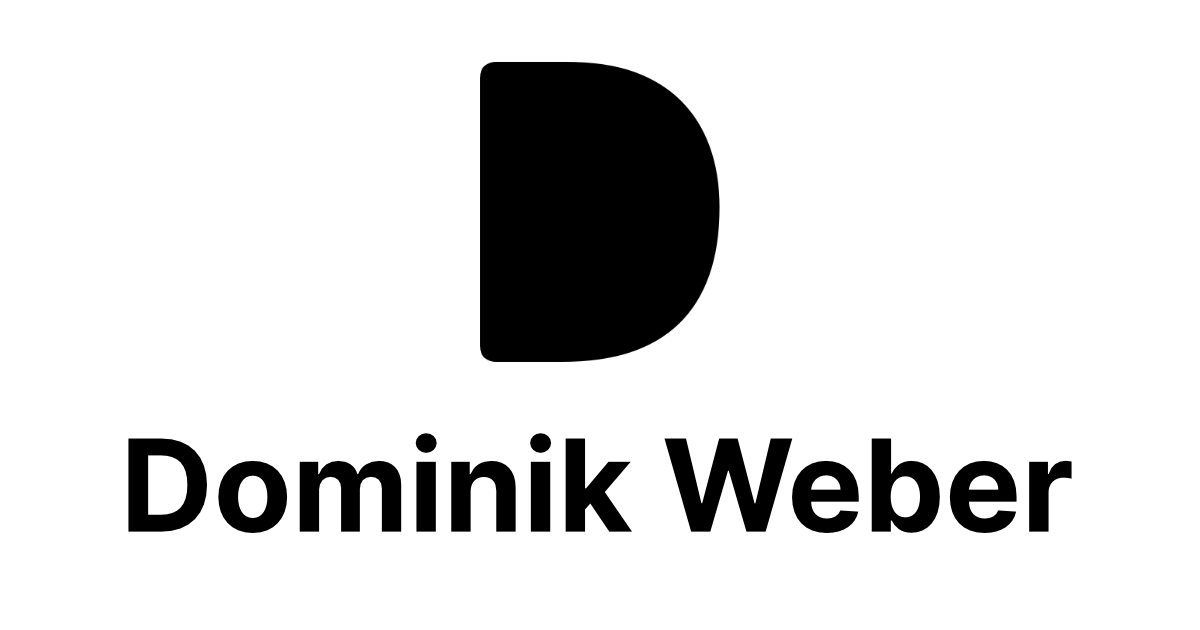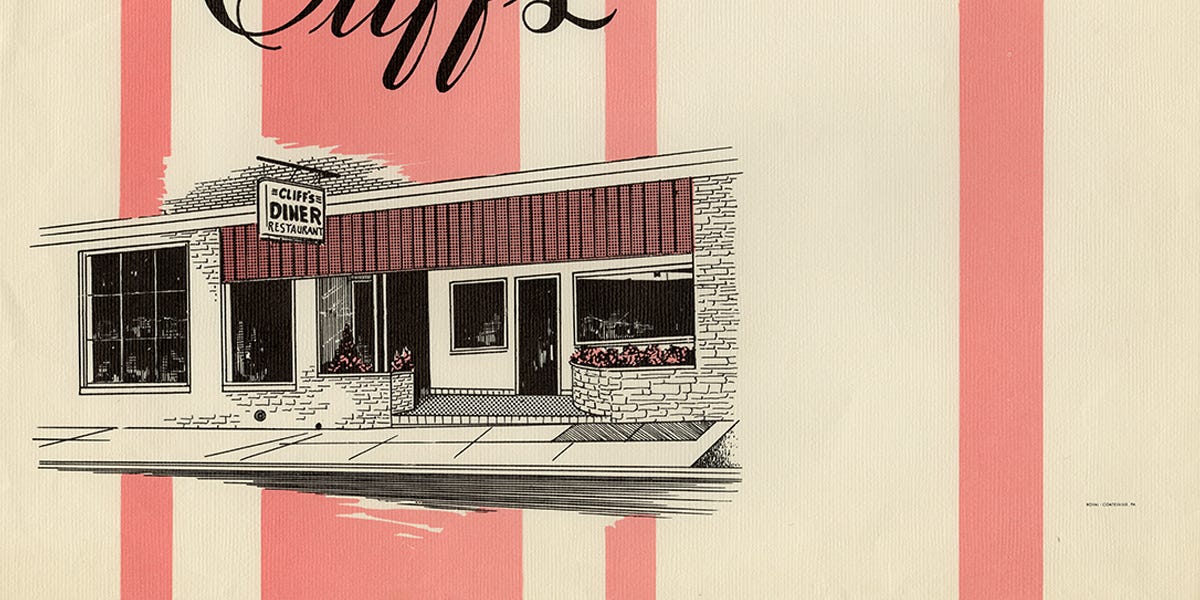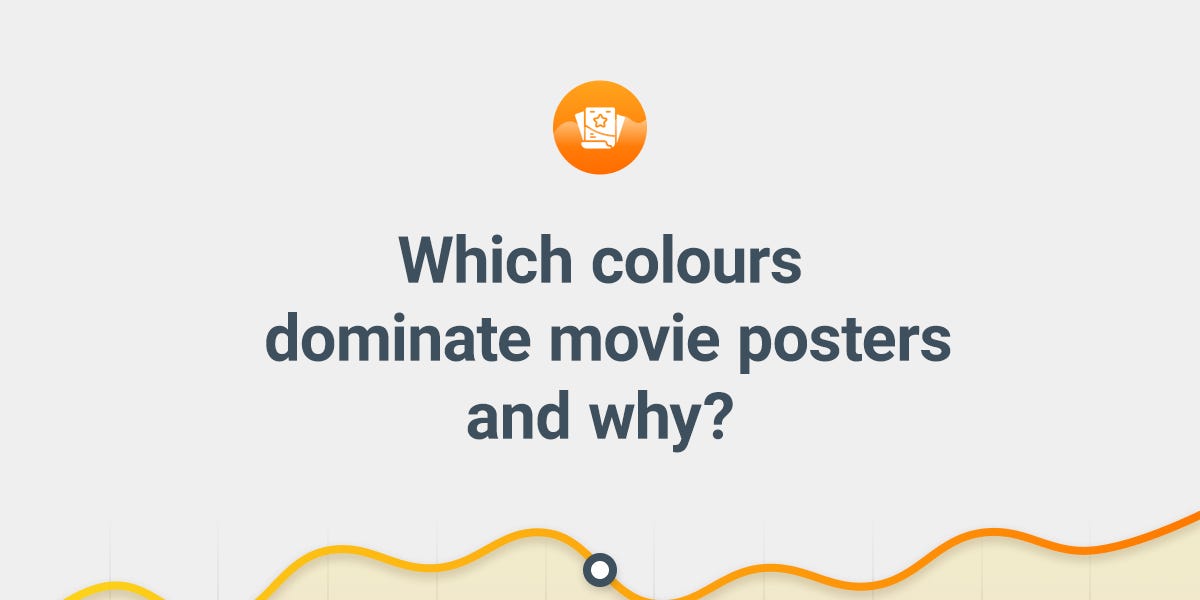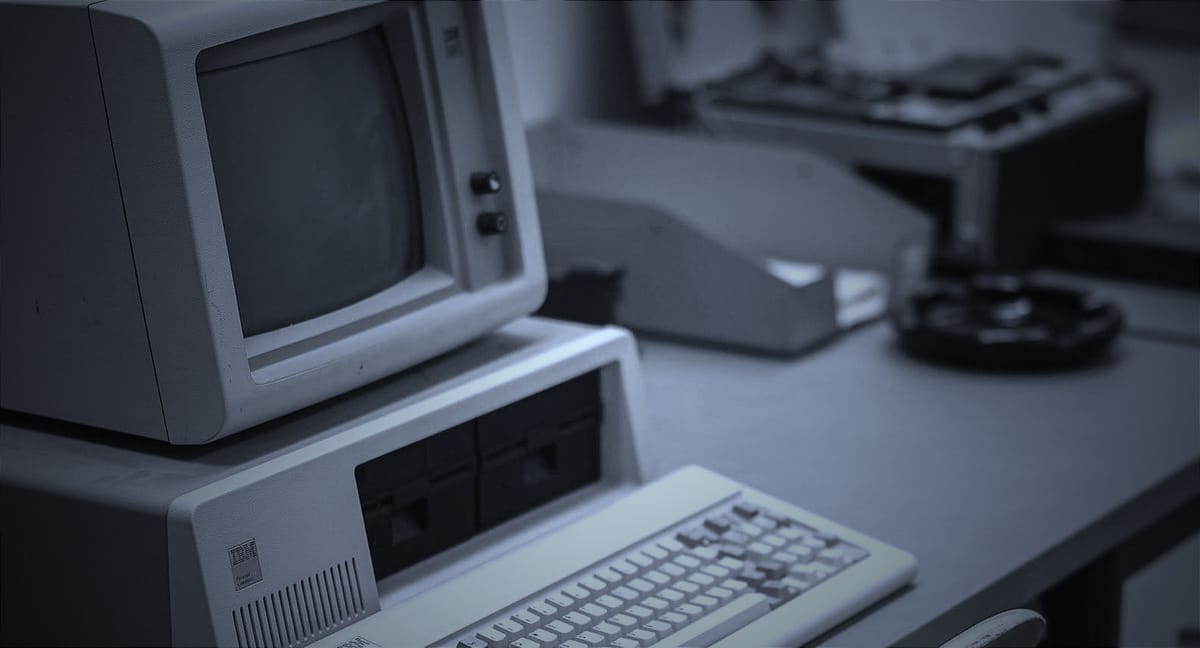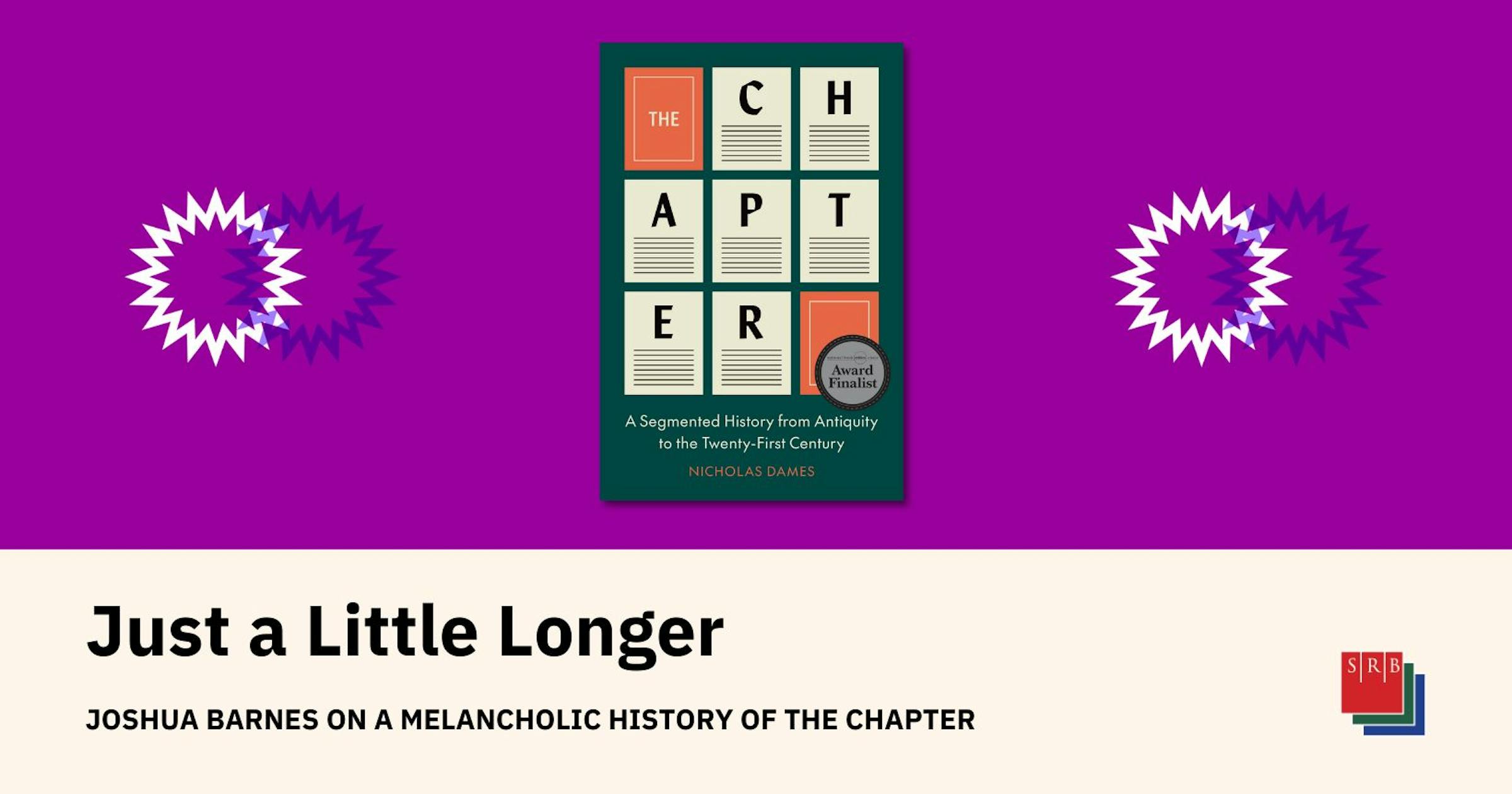Say Goodbye to Confusing Data Viz Color Schemes: Introducing a New Palette Generator

Tired of struggling with data visualization color schemes? This new palette generator lets you easily create a series of visually equidistant colors, eliminating those confusing and hard-to-distinguish color palettes. It supports custom endpoint colors and can even incorporate your brand colors, making your charts both beautiful and professional. Whether it's pie charts, grouped bar charts, or maps, it handles them all with ease. No more dealing with frustrating color schemes like those in Google Analytics!


